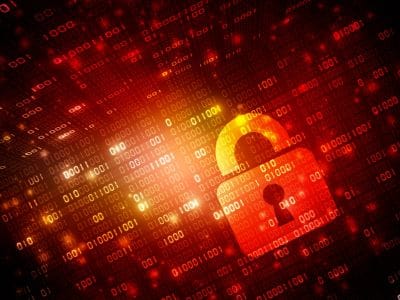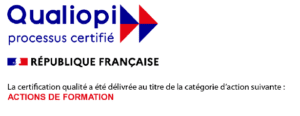
The primary goal of this training is to first instill the fundamental principles of cybersecurity. It will then introduce the RED Directive regulations and its harmonized standard EN 18031. Additionally, the ETSI EN 303 645 standard, its implementation guide ETSI TR 103 621, and the evaluation methodology ETSI TS 103 701 will be presented to best prepare you for certifying your product according to the standard of your choice.
No experience in in-car safety is required. However, some knowledge of automotive infrastructure is desirable. If remote :
• Stable internet access via Ethernet or Wi-Fi with a good data rate (1.2 Mb/s minimum downstream is recommended).
• A PC / MAC with the Teams tool installed and unrestricted access to the internet.
This training is intended for individuals working in the field of connected devices, particularly those involved in projects that need to comply with the new RED directive. It can be delivered to an audience without prior knowledge of cybersecurity.
Expert in IoT and embedded cybersecurity.
Assessments at the beginning and end of the course, quizzes, etc.
5 working days before the course start date (if financed by OPCO).
A training certificate complying with the provisions of Article L. 6353-1 paragraph 2 is issued to the trainee.
2024 :
Satisfaction rate: 94%
Number of session: 1
Number of trainees: 3

I subscribe to the training newsletter
Sign up for
our newsletter
© 2024 SERMA GROUP – Terms and Conditions – Data protection policy
Télécharger le catalogue de formation SERMA
Download the SERMA training catalog